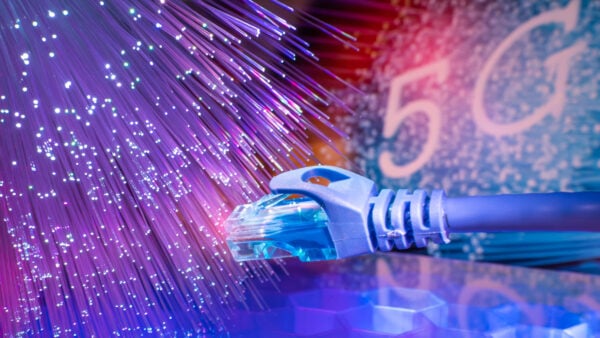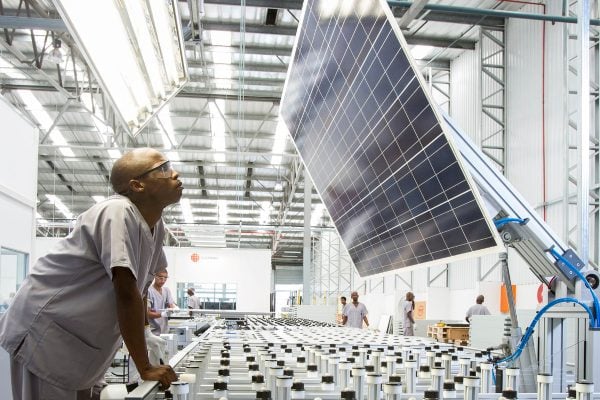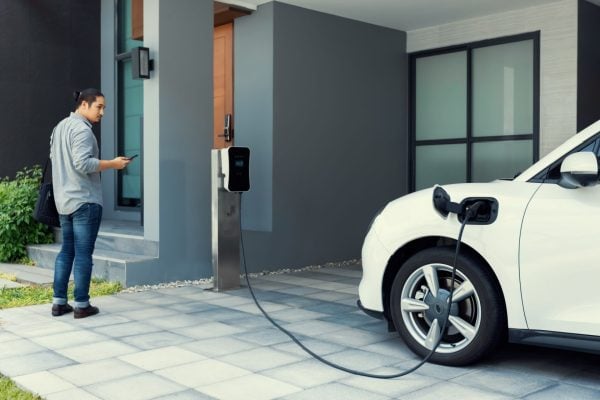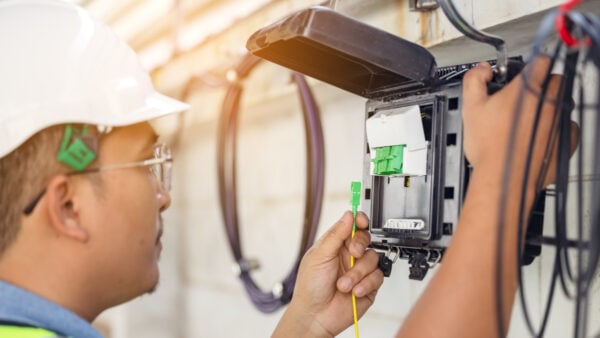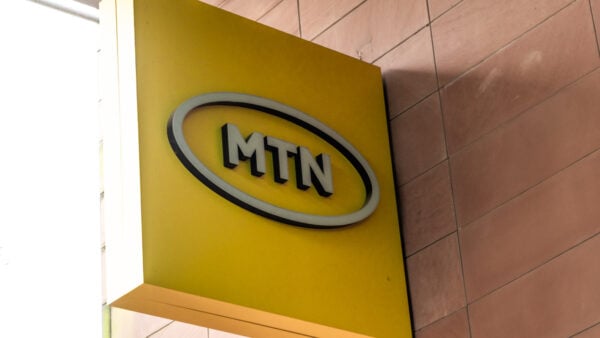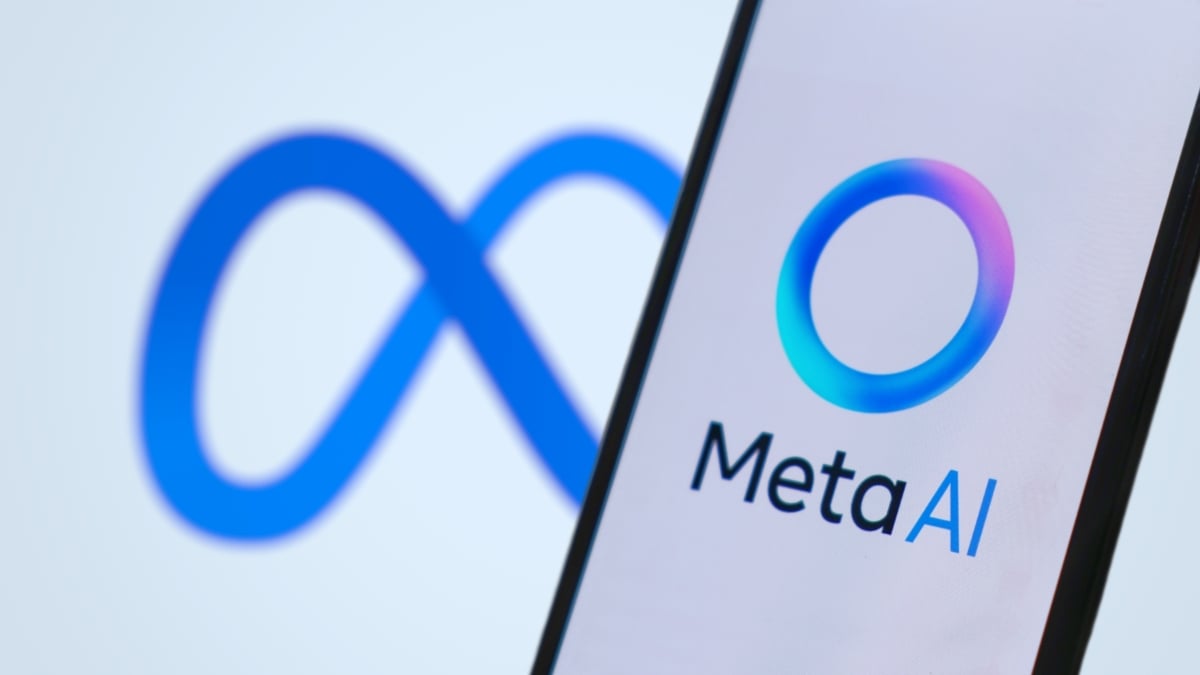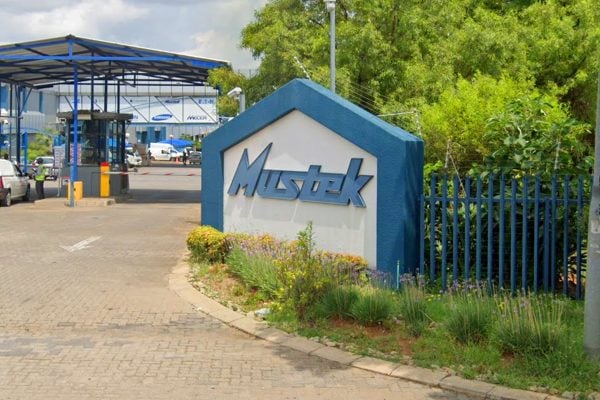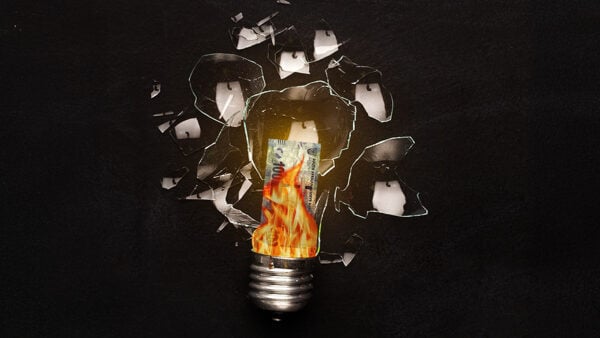The “salty” batteries that could replace people’s load-shedding storage
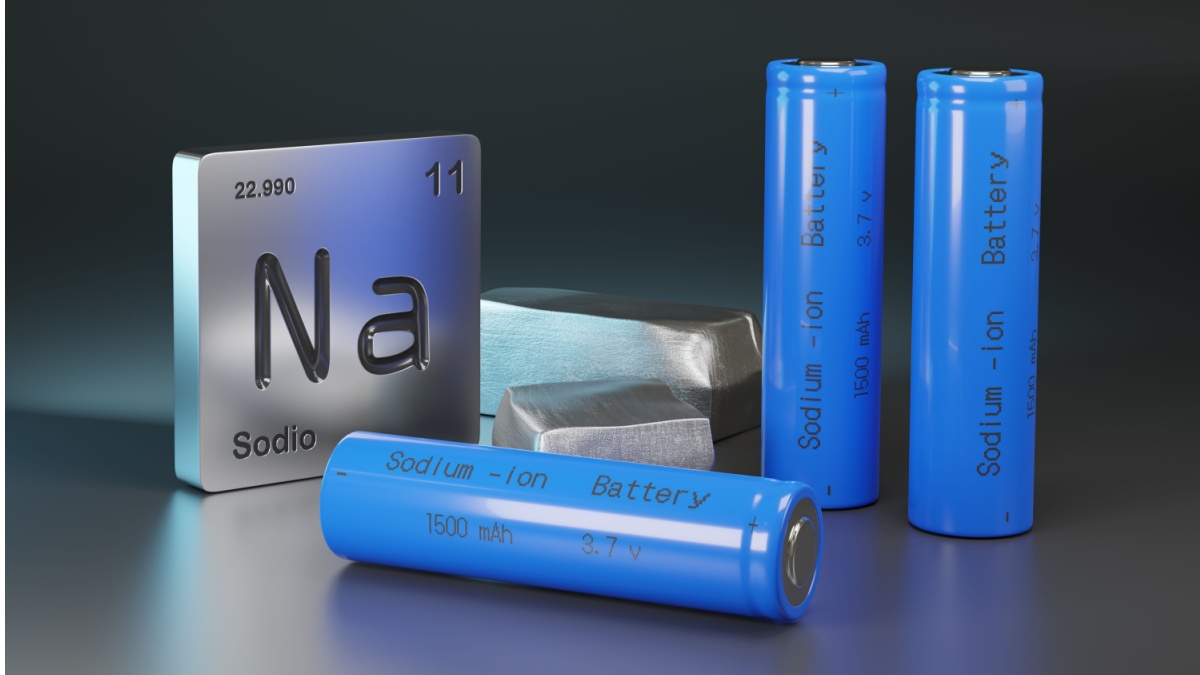
Lithium-ion is likely to remain the dominant battery type for stationary backup storage and electric vehicles (EVs). However, sodium-ion and solid-state batteries could begin eating into its market share in the next few years.
The concept of the lithium-ion battery was first demonstrated in the late 1970s and the first prototypes were introduced in the mid-1980s.
The technology started seeing widespread adoption in relatively low-capacity battery packs for cellphones and laptops during the 1990s.
In the past two decades, lithium-ion battery demand has surged due to its suitability in large and highly reusable deep-cycling energy storage for renewable power generation and EVs.
There are two main types of lithium-ion batteries — the original lithium ternary types and lithium-iron-phosphate (LiFePO4) models.
The former is the older and more conventional technology and offers a higher energy density and charging speed, ideal for making the lightest possible EV battery packs.
However, these batteries require minerals like cobalt, nickel, and manganese, which have environmentally-destructive extraction processes. That is where LiFePO4 comes in.
This type of battery has become common for stationary applications but is also increasingly being used in cost-effective EVs which don’t need substantial range or the highest charging speeds.
LiFePO4 is also safer and supports more cycles than lithium ternary batteries, extending long-term EV battery life.
However, LiFePO4 cells still require lithium, which makes up about 0.002% of the Earth’s crust.
That means it is not a rare earth mineral and is the 31st most abundant element on the planet. However, it is complex to extract.
An alternative option that is just about as old as lithium-ion is sodium-ion.
While this type of battery chemistry offers less energy density and lower cycle life, it could again become critical when considering the scale of energy storage that the world will require in the next few decades.
Sodium is the world’s sixth most abundant element, making up 2.6% of the Earth’s crust.
Table salt, which is a combination of Sodium and Chlorine, is mass-produced by evaporation of seawater or brine from brine wells and salt lakes. Another major source is mining rock salt.
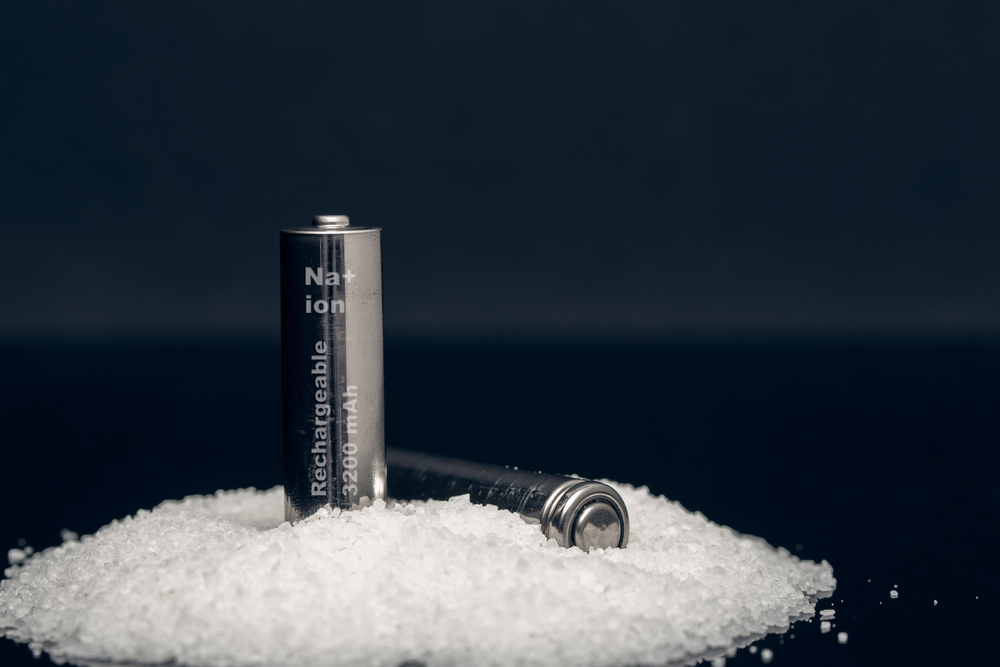
US has a salty edge
When it comes to battery developments, it is also important to consider the geopolitical elements at play in the world’s two biggest economies.
The US will struggle to compete with China on lithium as it currently has less than 1% of the world’s lithium carbonate reserves, compared with the latter’s 8%.
China also has over 70% of global lithium refining capacity.
However, the US is the world’s biggest supplier of sodium carbonate.
Considering the shift towards renewables and the US’s intensified trade war with China, it is not unreasonable to consider major investments in sodium-ion tech in Uncle Sam’s plans.
While the reduced energy density may make them less suitable for EVs than lithium ternary and LiFePO4, sodium-ion is widely considered to hold major potential in stationary storage.
That said, sodium-ion batteries already feature in some lower-range EVs, including models coming from lithium-strong China.
BYD’s most affordable car — the Dolphin Mini or Seagull — features a 30.1kWh sodium-ion battery in its entry-level model, which the company claims can support up to 250km of range.
The company has also commenced construction on its first sodium-ion battery plant to mass produce these types of batteries for both stationary and EV applications.
Another Chinese firm — JAC Group — has also fitted its Yiwei 3 and Sehol E10X cars with sodium-ion packs.
The world’s top battery cell maker CATL will also supply these types of batteries to Chery for its EVs.
The table below compares some of the most important characteristics of lithium-ion and sodium-ion batteries.
| Feature | Lithium-ion | Sodium-ion |
|---|---|---|
| Energy density | 100-300 watt-hours per kilogram | 100-160 watt hours per kilogram |
| Charging speed | Slower | Faster |
| Cycle life | 8,000-10,000 cycles | 5,000 cycles |
| Safety | Flammable electrolytes with a small risk of thermal runaway | Chemistry is more stable with minimal risk of thermal runaway |
| Raw material abundance | 0.002% of the Earth’s crust 31st most abundant mineral | 2.6% of the Earth’s crust Sixth most abundant |
| Extraction process | Complex and potentially environmentally disruptive | Simpler with less intense mining processes |
| Recyclability | Complex with lots of toxic materials | Simpler recycling process with less toxic materials |
| Production cost | $70 per kWh | $50 per kWh |
| Shipping costs | Higher | Lower |
| Shipping requirements | Requires specialised handling processes | Suitable for standard shipping |
Solid-state batteries
Another type of battery technology that has seen lots of progress and development in recent years is solid-state.
This battery technology uses solid rather than liquid electrolytes, which improves safety and stability.
It also enables much faster charging speeds, which will be key for EVs in markets where home charging is not feasible or where customers want to be able to cover longer distances without having to stop for much longer than they do with a fuel top-up.
While research on solid-state battery tech was primarily limited to laboratories and prototypes, there have recently been several noteworthy developments suggesting a breakthrough is near.
Volkswagen has already signed a deal with one of the leading developers of the technology — QuantumScape — to co-produce roughly 40 gigawatt-hours (GWh) worth of solid-state batteries in a year.
Considering a typical electric vehicle (EV) has a 60kWh battery, that could be enough units for nearly 667,000 cars.
If each battery pack had a 100kWh capacity, it would be sufficient for 400,000 vehicles.
Toyota has also invested in the technology and plans to introduce a unit for commercial application in 2027.
However, considering the technology is still at the cutting edge, these batteries are likely to be limited to higher-end models with the most capacity and fastest charging times in the near future.









